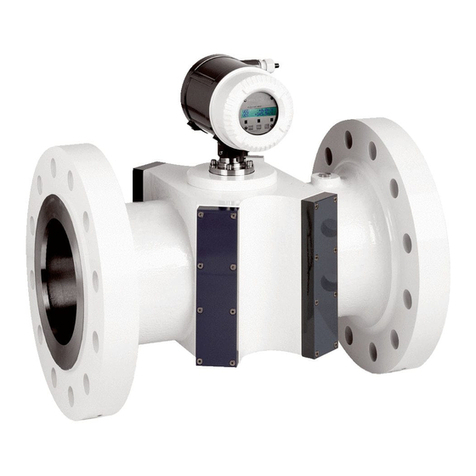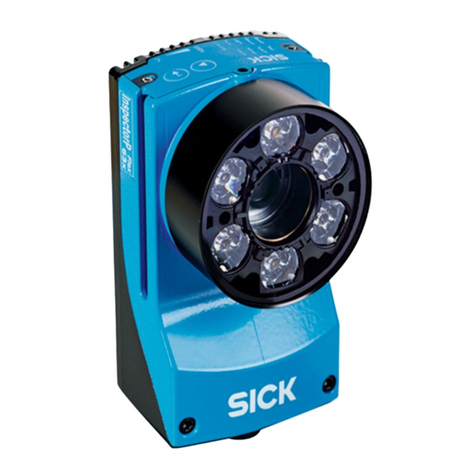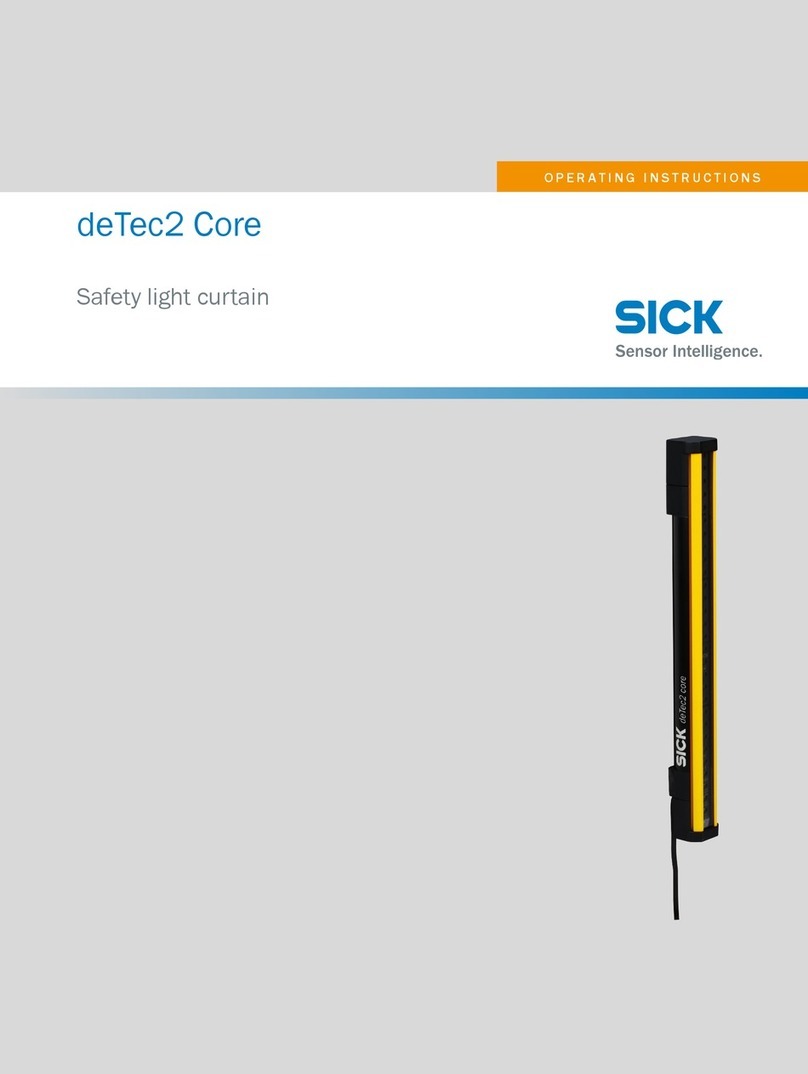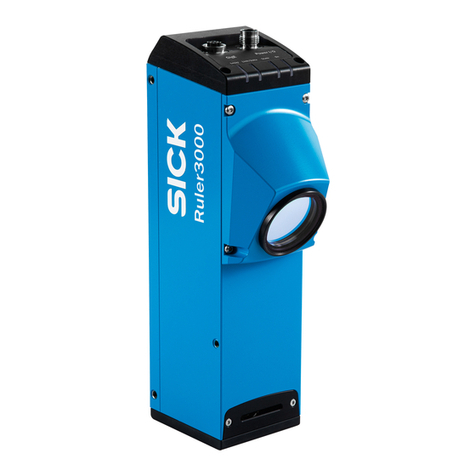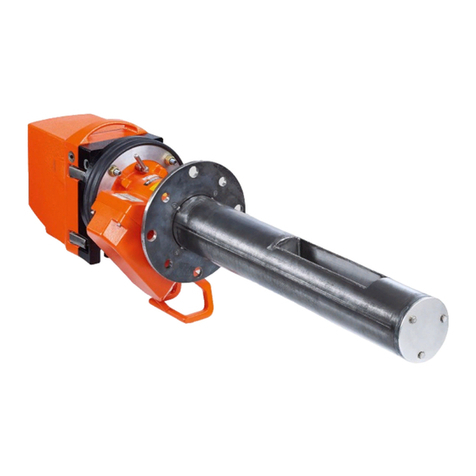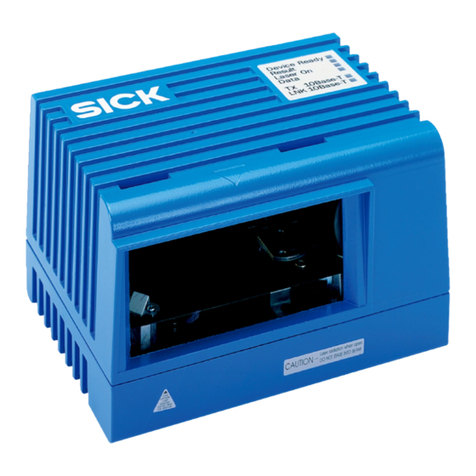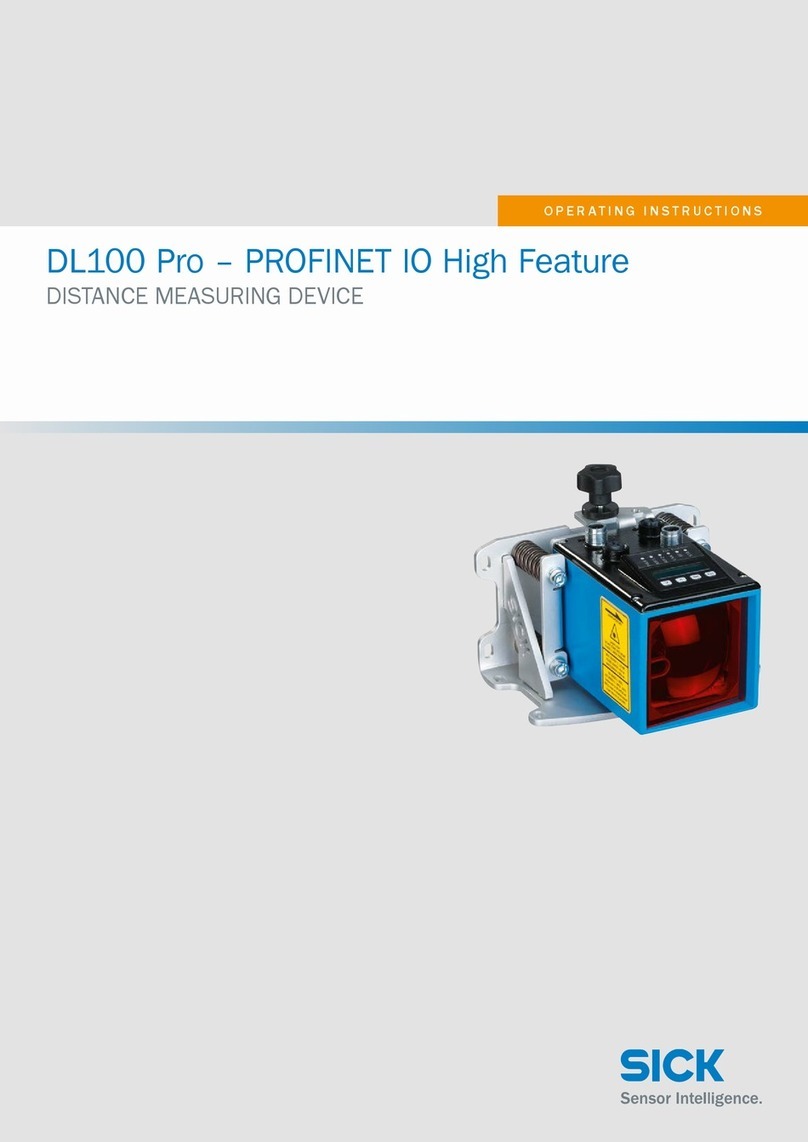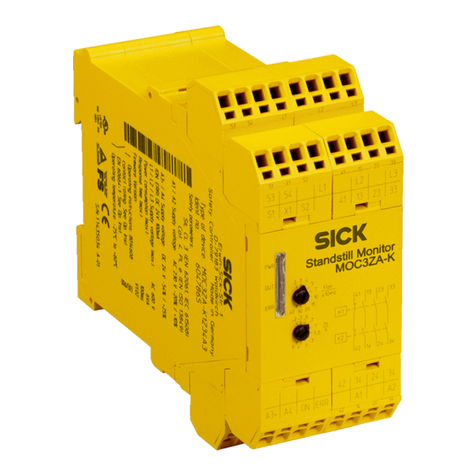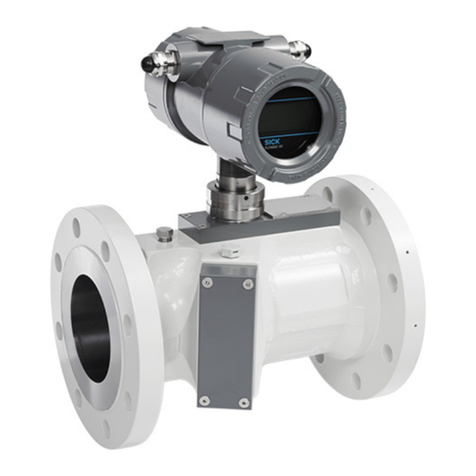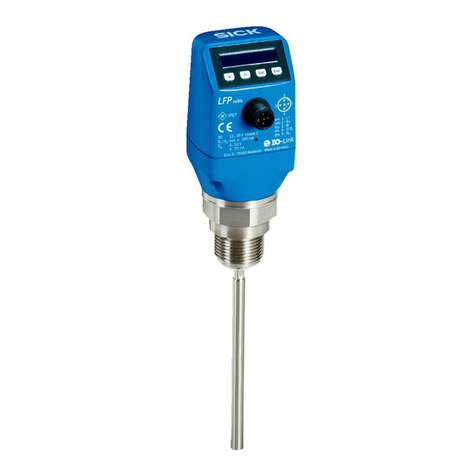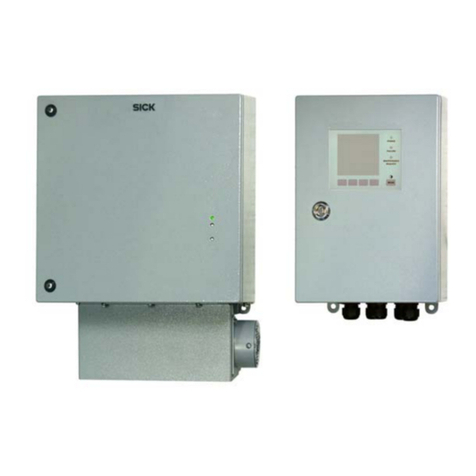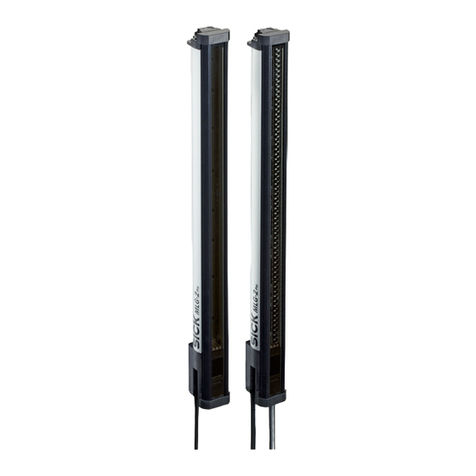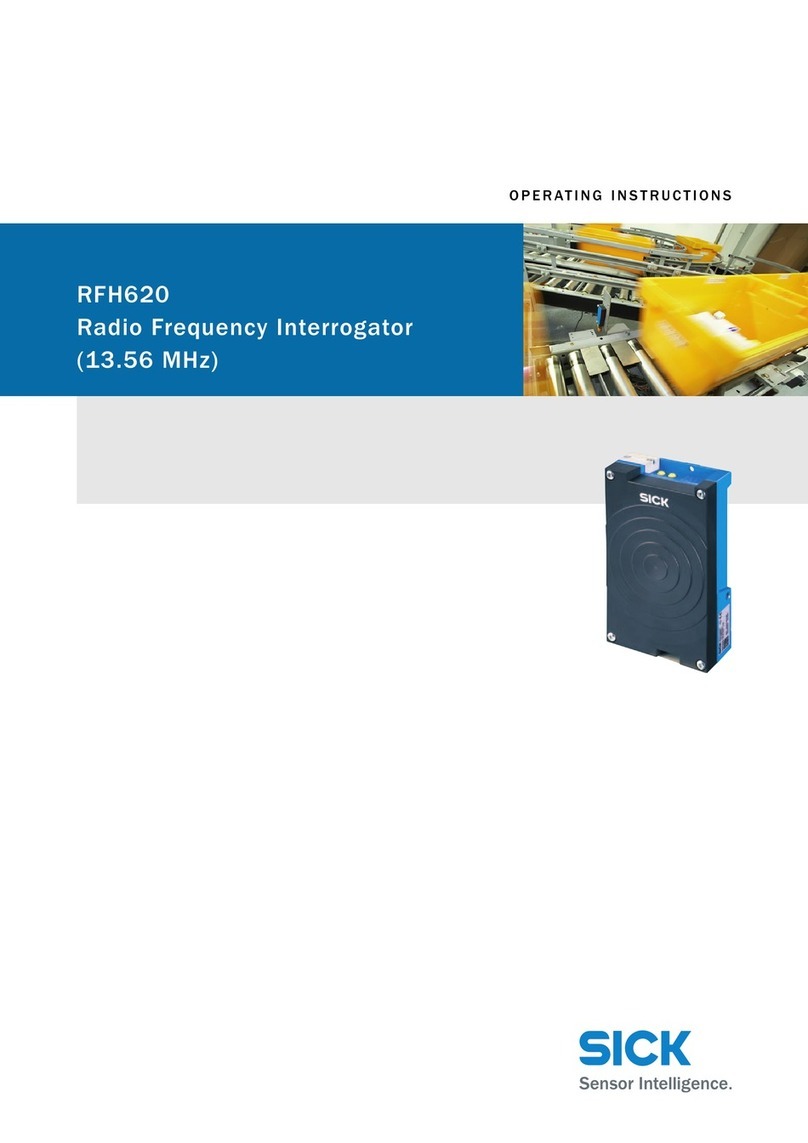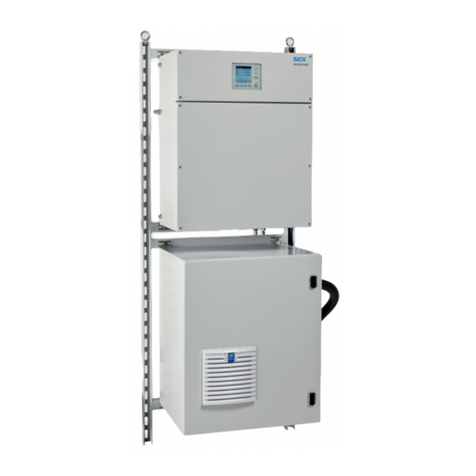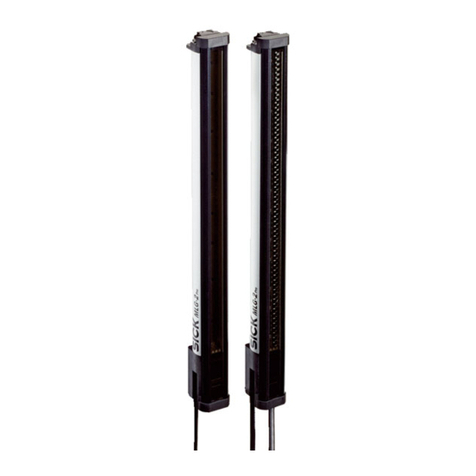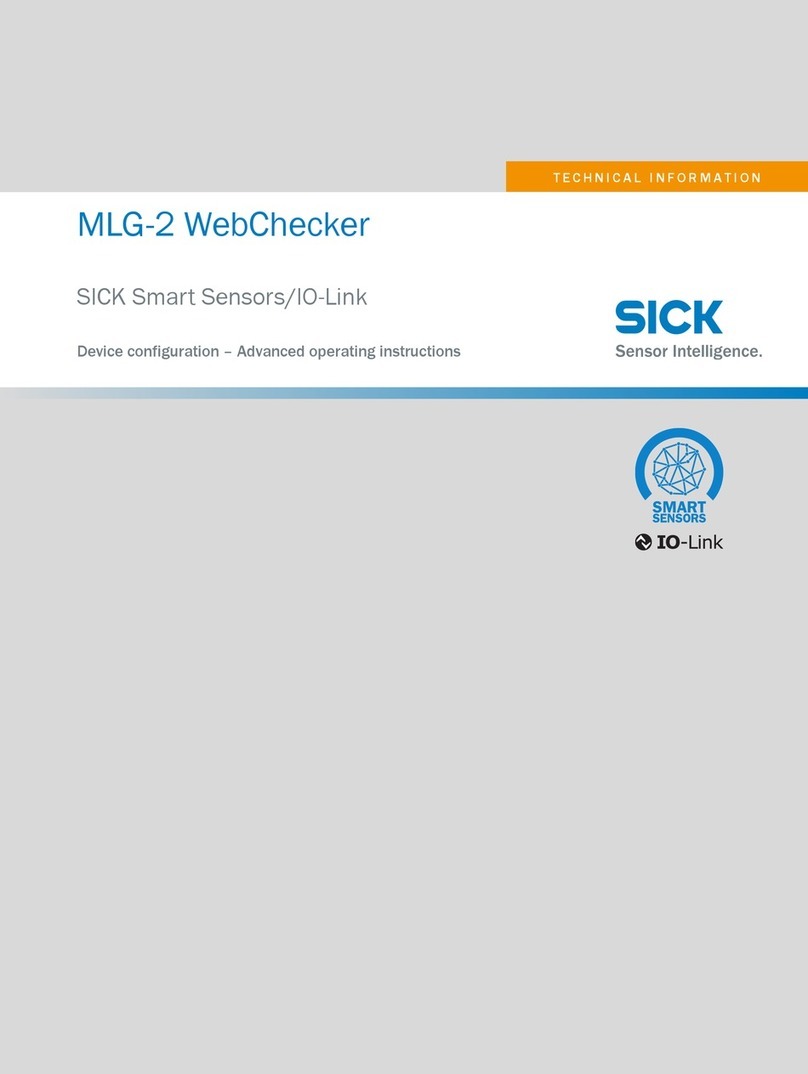
Operating Instructions
NAV200 Laser Positioning System
6©SICK AG · Division Auto Ident · Germany · All rights reserved 8011502/R197/2007-02-12
Contents
4.3.1 Mounting ...............................................................................................................40
4.4 Mounting additional components...............................................................................40
4.4.1 Assembly and mounting of the reflectors ...........................................................40
4.5 Disassembling the system ..........................................................................................40
5 Electrical installation ......................................................................................................41
5.1 Overview of the installation steps ..............................................................................41
5.2 Electrical connections and cables..............................................................................41
5.2.1 Conductor cross-sections .....................................................................................41
5.2.2 Cables ....................................................................................................................41
5.2.3 Screening concept ................................................................................................41
5.3 Pin assignment of the connections ............................................................................42
5.3.1 “Power supply” device plug..................................................................................42
5.3.2 “RS 232 data interface” device plug...................................................................42
5.3.3 Power cord.............................................................................................................43
5.3.4 RS 232 data cable................................................................................................43
5.4 Preparations for electrical installation .......................................................................44
5.4.1 Conditions for the data interface.........................................................................44
5.4.2 Power supply .........................................................................................................44
5.5 Carrying out the electrical installation........................................................................45
5.5.1 Tools and equipment............................................................................................45
5.5.2 Connecting the NAV200 to the PC and vehicle computer .................................45
5.5.3 Connecting the power supply...............................................................................45
6 Operation..........................................................................................................................47
6.1 Overview of the commissioning steps........................................................................47
6.2 Default settings of the NAV200 Setup configuration software ................................47
6.3 Quick Start....................................................................................................................48
6.4 NAV200 Setup Configuration Software......................................................................50
6.4.1 Configuring the NAV200 with the NAV200 Setup software...............................50
6.4.2 Installation of the NAV200 Setup configuration software .................................50
6.4.3 Software functions (overview)..............................................................................51
6.4.4 Overview of the configuration steps ....................................................................51
6.4.5 Starting the NAV200 Setup software ..................................................................51
6.4.6 User interface of the NAV200 Setup configuration software ............................53
6.4.7 Toolbar commands ...............................................................................................56
6.4.8 Project files and reflector data.............................................................................57
6.4.9 Closing the NAV200 Setup configuration software ............................................60
6.5 NAV200 operating modes...........................................................................................61
6.5.1 Standby..................................................................................................................61
6.5.2 Mapping.................................................................................................................61
6.5.3 Download...............................................................................................................61
6.5.4 Upload....................................................................................................................61
6.5.5 Position measurement .........................................................................................61
6.5.6 Reflector co-ordinates ..........................................................................................62
6.6 Performing and testing the configuration ..................................................................63
6.6.1 Measuring, entering and transferring the exact reflector co-ordinates
manually and testing positioning operation........................................................63
6.6.2 Measuring and reading the reflector co-ordinates automatically using
the NAV200’s Mapping ........................................................................................67
6.7 Logging the data communication (log file).................................................................71
6.8 Updating the firmware.................................................................................................71
6.9 Switching the NAV200 off ...........................................................................................71
7 Maintenance ....................................................................................................................73
7.1 Maintenance during operation ...................................................................................73
7.1.1 Cleaning the front pane of the NAV200 ................................................................73
7.2 Maintenance ................................................................................................................74
7.3 Disposal........................................................................................................................74
8 Troubleshooting...............................................................................................................75

